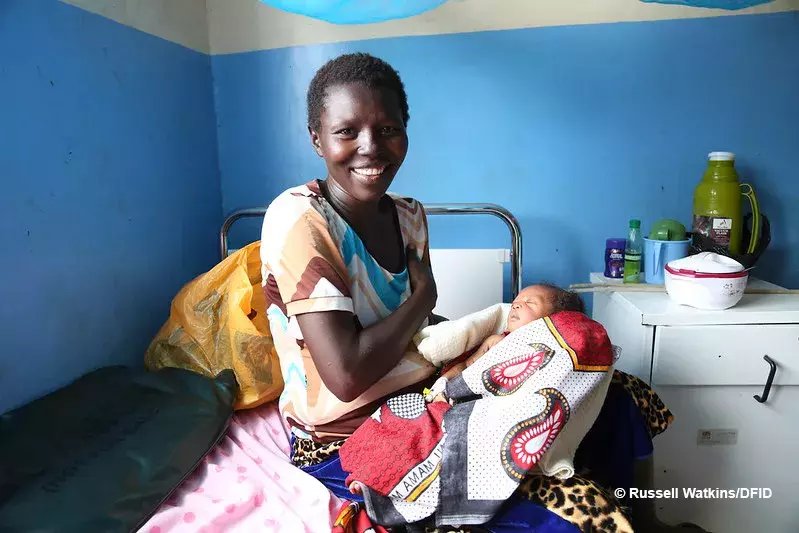Evidence on global development programs often remains fragmented either by thematic areas of study or by regions and populations. Evidence gap maps (EGMs) visually highlight where evidence concentrations and gaps exist in a sector or topic area and, in doing so, consolidate knowledge of these programs to inform future investments in research and programming.
This webinar is a condensed version of 3ie’s Introduction to EGMs course using the example of the Sexual and Reproductive Health and Rights (SRHR) EGM. Adapted to the needs of EVIPNet members, it will provide participants with a practical application of the steps involved in producing EGMs, including scoping, searching, data extraction, and analysis.
While users may not be able to create a map on their own after such a short course, it will strengthen their basic skills and competencies in using and producing EGMs to inform research agendas and programmatic decision-making. At the end of the webinar, participants working in or with interest in SRHR will be invited to take part in a follow-up session to help prioritize topics for evidence synthesis, and gauge interest in collaborating on spin-off research projects.
Time: 1-4 PM GMT
[Mexico City: 7 AM -10 AM | Bogota/Lima -8 AM-11 AM | Santiago: 9 AM-12 PM | Buenos Aires/São Paulo: 10 AM-1 PM | Abuja: 2 PM-5 PM |Johannesburg: 3 PM-6 PM |Kampala/Nairobi: 4 PM-7 PM]
Introduction and remarks:
Tanja Kuchenmüller, Head of the Evidence to Policy and Impact Unit, WHO and
Davi Mamblona Marques Romão, Expert, Evidence-Informed Health Policy, WHO
Presenters:
3ie SRHR EGM Project team: Birte Snilstveit, Shannon Shisler, Lina Khan, Tomasz Kozakiewicz, Megha Bhattacharyya
Agenda:
- Introduction to evidence synthesis and EGMs: The value of synthesis
- What is an EGM and how to navigate it
- SRHR EGM - a brief overview
- Stage 1) EGM planning: Establishing your team; Developing and establishing your scope and research question(s); Registering your project, selecting appropriate databases; Developing your search strategy; Writing and publishing your protocol
- Stage 2) EGM execution: Searching evidence (academic literature, grey literature, citation tracking); Screening evidence (title and abstract and full text); Extracting data; Systematic review critical appraisals; Data preparation and analysis.
- Stage 3) EGM knowledge translation: Interpreting the findings; Writing the report and policy briefs; Evidence dissemination and uptake; Living EGMs



